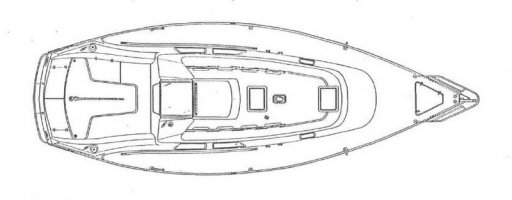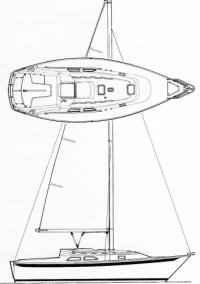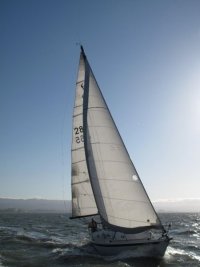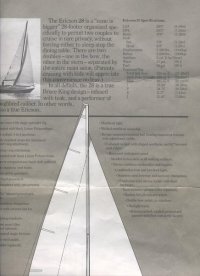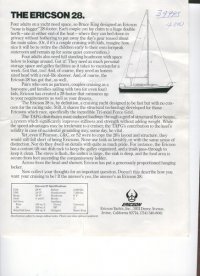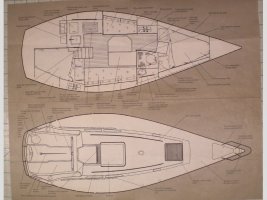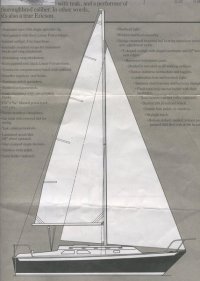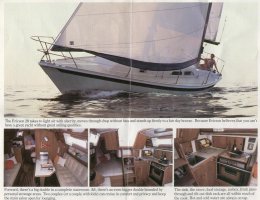Wayne Foulds
Junior Member
E28+ setting up for chute
Hello Seth:
<HR style="BACKGROUND-COLOR: #fffffb; COLOR: #fffffb" SIZE=1><!-- / icon and title --><!-- message -->We are in the process of setting up an E28+ for racing but I am having trouble deciding how to keep the guy off the stanchions.
The boat is fairly beamy for a 28 footer, posing problems when reaching. I have considered a strut or a barber hauler, either one is not quite adequate. We could use both or double barber haulers??? Would the strut put too much stress on the mast considering the large 'chute (12ft.10in. J ). Any suggestions anyone ???
Wayne Foulds
White Rock, BC
Hello Seth:
<HR style="BACKGROUND-COLOR: #fffffb; COLOR: #fffffb" SIZE=1><!-- / icon and title --><!-- message -->We are in the process of setting up an E28+ for racing but I am having trouble deciding how to keep the guy off the stanchions.
The boat is fairly beamy for a 28 footer, posing problems when reaching. I have considered a strut or a barber hauler, either one is not quite adequate. We could use both or double barber haulers??? Would the strut put too much stress on the mast considering the large 'chute (12ft.10in. J ). Any suggestions anyone ???
Wayne Foulds
White Rock, BC

